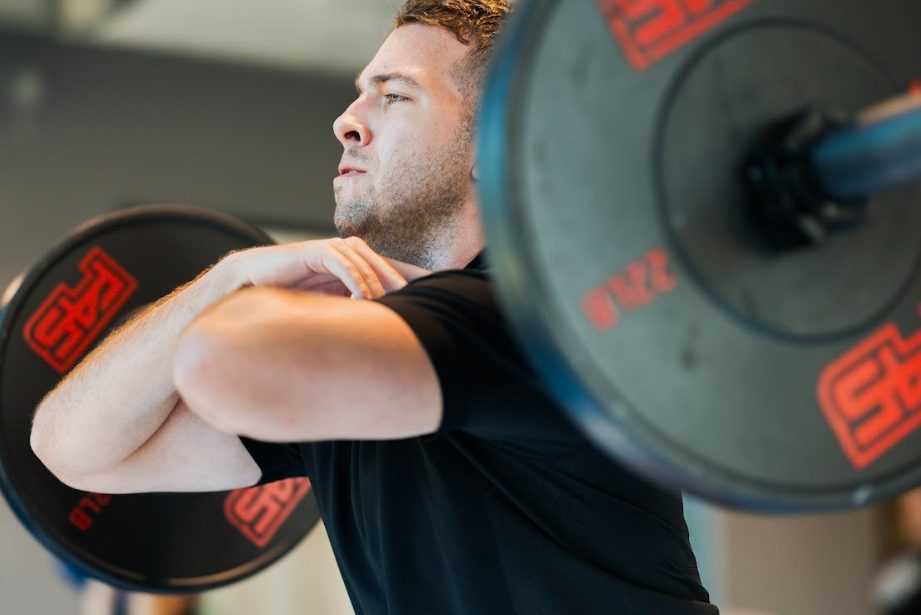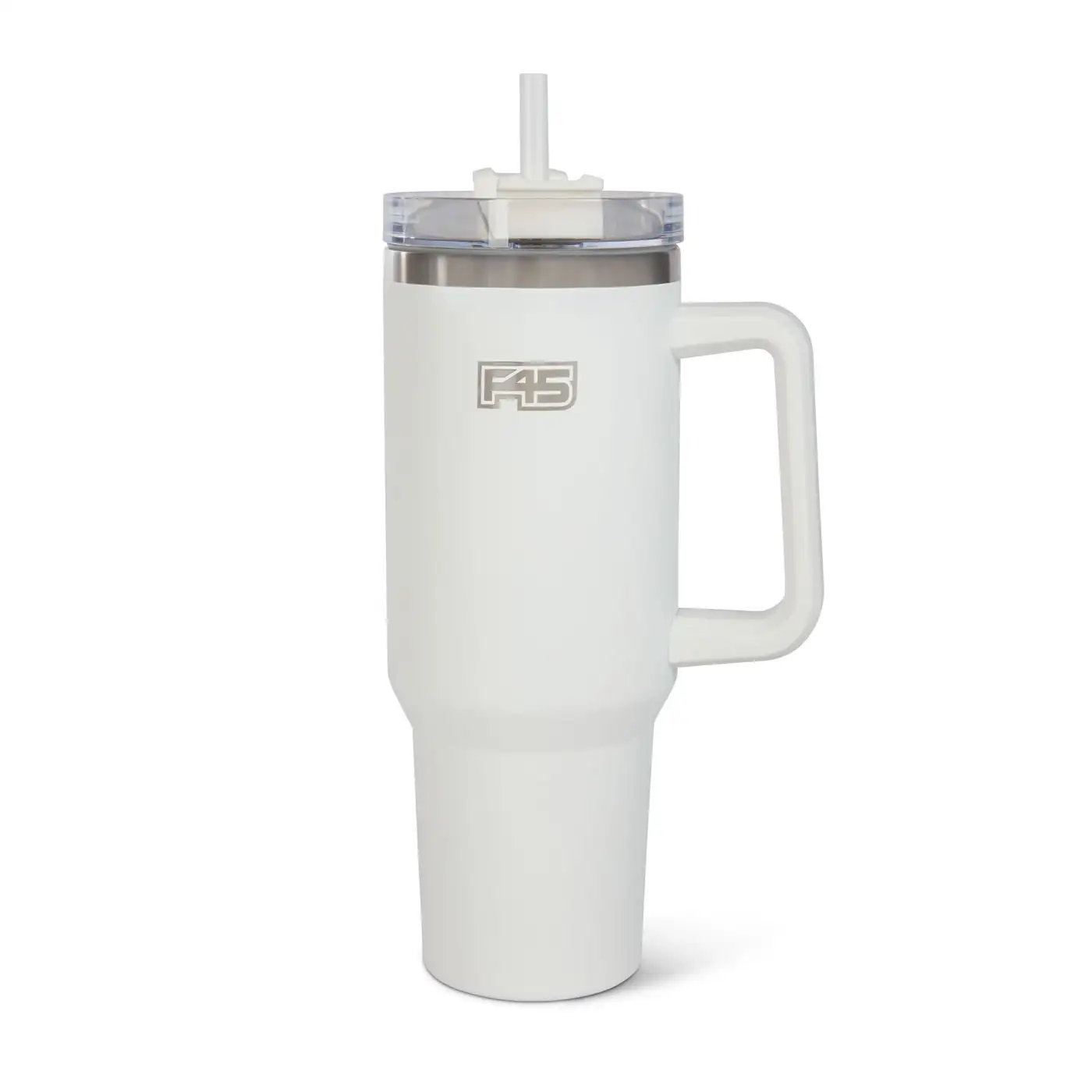Whether you track your menstrual cycle or not, you’ll notice that your energy levels, strength, appetite and mood can fluctuate throughout the month.
Understanding your cycle can be beneficial for your physical and mental wellbeing and can provide empowering opportunities for exercise during menstruation. And, with some planning, you can adapt your exercise routine to match your menstruation cycle. This is known as cycle syncing.
Cycle syncing allows you to adapt your workouts to natural changes in your hormones and energy, rather than being reactive to them. By doing this, you can gain a better sense of what your body is craving: whether that’s a calorie-busting cardio workout or a calming recovery session.

What is cycle syncing?
In the world of fitness, cycle syncing is a unique type of workout plan that involves tailoring your workouts and rest periods to the phases of your menstrual cycle. During phases where you expect to have more energy and feel stronger, you can plan high intensity exercise. And, during phases of low energy or stress, you might plan rest days and recovery – or low impact fitness such as yoga or pilates.
Cycle syncing workouts do more than optimise exercise performance. They’re also about boosting your wellness by improving sleep quality and nutrition. This can help reduce the effects of premenstrual syndrome (PMS) symptoms and fluctuating hormones.
Phases of the menstrual cycle
There are four phases to align your cycle syncing workouts with. How long each phase is, and how consistent they are, is different for each person: basically, it’s not perfectly predictable!
Understanding and tracking each phase helps you understand what’s typical for you and your body. When it comes to effective exercise during your menstrual cycle, it’s vital to know how your hormones can affect your energy, strength and wellness – so keep reading to learn about each phase of your cycle.
Menstruation phase: This phase usually takes place between day one and five. During this phase, your estrogen and progesterone levels are low – so it’s normal to feel sluggish. You may also experience some period-related pain.
Follicular phase: This phase usually takes place between day six and 14. During this phase, your estrogen and progesterone will rise – along with your appetite and energy levels.
Ovulation phase: This phase usually takes place between day 15 and 17. During ovulation, your estrogen and testosterone levels will surge, increasing your alertness and strength. It’s common to feel some abdominal discomfort during ovulation.
Luteal phase: This phase usually takes place between day 18 and 28. As you head towards the end of your cycle, your progesterone and estrogen levels will drop, which can lower your energy and mood. A variety of PMS symptoms, such as cramps and joint pain, can make exercise uncomfortable during this phase.
Workouts to sync to each cycle phase
Aligning your workouts with your cycle is an excellent way to maximise your workout performance. Planning a variety of ways to exercise during menstruation helps to reduce period discomfort and enhance your mood.
F45 has a variety of workout sessions to use in cycle syncing, and our specialist trainers can help you build a sustainable fitness routine that best suits you. Keep reading to find out what exercises you should do during each phase of your cycle.
1. Menstruation phase
During the beginning of your cycle, we recommend performing a low intensity workout: and yoga, low impact pilates or F45 active recovery sessions all fit the bill. On top of being awesome ways to improve your mobility and flexibility, these workouts can prime your body for high intensity workouts later in your cycle, allowing for greater range of motion.
If you feel pain or tired performing at a low intensity, reduce the intensity and carry out light exercises. These could be standing or lying stretches, or a brisk walk.
2. Follicular phase
When your energy is high, it’s time to enjoy full body cardio or resistance training. Your natural strength should shine during this phase, and will support your mental toughness as you push through those last few reps.
Quality nutrition supports your muscle development, weight loss and cardio adaptations – so if you feel an increase in your appetite, use cycle syncing to your advantage to boost your recovery. During the follicular phase, take in plenty of healthy protein, carbs and fats to restore your body. Your higher estrogen and progesterone levels may further support recovery during this phase as well.
3. Ovulation phase
When you’re alert, energised and focus, it’s the perfect time to do a dynamic workout that involves a variety of exercises. So, as your hormones peak, look to engage in high intensity interval training or a hybrid workout.
If you are experiencing any abdominal pain, begin your workout with a light aerobic warm up and stretching. This will release serotonin and endorphins before your workout to reduce discomfort1. Then, before exercise during your menstrual cycle, try the following stretches:
- Cobra pose
- Cow pose
- Forward fold
- Cat pose
- Fish pose
4. Luteal phase
In the final phase of your menstrual cycle, it’s normal to feel a bit low: both physically and mentally. PMS symptoms can make more intense cycle syncing workouts uncomfortable to perform. So, during the luteal phase, it’s important to do exercise you enjoy and that’s easy on your body – whether that’s a light walk with a friend or a recovery workout with the supportive community at F45.
How your body responds to the luteal phase will be unique. Many people find their cravings for calorie dense foods spike during this time, so it helps to consume plenty of wholefoods. (And, if you’re looking to stay on track with your weight loss goals, avoid fatty or sugary foods.) If you need any help with your nutrition at any stage, find your nearest F45 studio to speak to an expert trainer.
Now you’ve learnt how cycle syncing can help you boost your fitness and wellness, next discover the benefits of exercise for perimenopause and menopause.
1 https://www.thewomens.org.au/health-information/periods/healthy-periods/exercise-diet-periods














